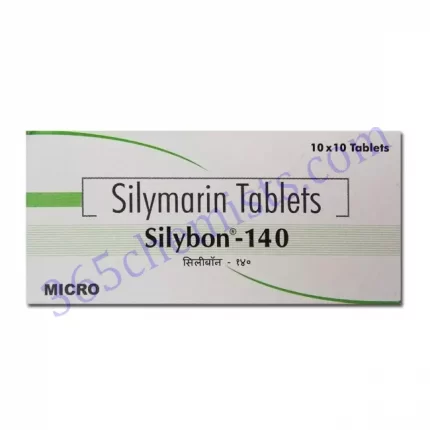INTRODUCTION
Mucinac 20 % contain Acetylcysteine which belongs to a group of medicine called mucolytic agents. It is used to treat paracetamol overdose (where you may have taken too much paracetamol). It helps to protect the liver from damage by the high levels of paracetamol. It is very effective when given during the first 8 hour following paracetamol overdose. The effectiveness is reduced as the time interval increase, but it can still help when given up to 24 hours after the overdose. It work by increasing the level of glutathione, an antioxidant that neutralises the toxic products of paracetamol.
This medicine must be given by a doctor or nurse. Do not drive or operate machinery while taking this medicine, since it may cause feeling unwell. Before taking this medicine tell your doctor if you have ever had kidney disease, heart disease, liver problems. Pregnant and breastfeeding women should consult their doctor before taking this medicine.
USES OF MUCINAC
- Treat paracetamol overdose
HOW MUCINAC WORKS
Mucinac 20 %work by increasing the level of glutathione, an antioxidant that neutralises the toxic products of paracetamol.
DIRECTIONS FOR USE
MUCINAC given as an intravenous infusion (a drip into a vein) by a doctor or nurse.
SIDE EFFECTS OF MUCINAC
SERIOUS
- Swelling of the face, lips, or tongue
- Wheezing, difficulty in breathing
- Nausea, vomiting
- Irritation at the injection site
- Skin rash, itching
- Flushing (red face or feeling hot)
- Low blood pressure resulting in dizziness
- Rapid heartbeat or increased blood pressure
RARE
- Coughing, noisy breathing
- Respiratory arrest (stop breathing)
- Chest tightness or pain
- Puffy eye, blurred vision, pain in the face or eye
- Sweating, feeling unwell
- Raised temperature, hot, red face, and skin
- Liver problems
- Slow heartbeat, cardiac arrest (heart stops beating)
- Fainting, collapsing, fits
- Reduction in blood platelets, which increases the risk of bleeding or bruising
- Acidosis which may cause weariness, vomiting, thirst or restlessness
- Anxiety
- Joint pain or disease
- Bluish skin from low oxygen level in the blood
HOW TO MANAGE SIDE EFFECTS
Nausea and Vomiting:
Try taking this medicine with, or just after, a meal or snack and stick to simple meals and do not eat rich or spicy food.
Skin itching:
Apply a cold, wet cloth, or ice pack on the skin. Moisturize your skin. Apply cooling agents, such as menthol or calamine.
Dizziness:
Get up and move around to feel awake, take small naps to edge off the sleepiness. Give your eyes a break to avoid fatigue and eat a healthy food to boost energy.
Cough:
Drink fluids which helps thin the mucus in your throat. Suck on cough drops or hard candies.
WARNING & PRECAUTIONS
PREGNANCY
MUCINAC should be used with caution in pregnant women. Consult your doctor before taking this medicine.
BREASTFEEDING
MUCINAC should be used with caution in breast feeding women. Consult your doctor before taking this medicine.
DRIVING AND USING MACHINES
Do not drive or operate machinery while taking this medicine, since it may cause feeling unwell.
ALCOHOL
Consumption of alcohol is not recommended during treatment with MUCINAC.
KIDNEY
MUCINAC should be used with caution in patients suffering from active kidney diseases. Consult your doctor for advice.
LIVER
MUCINAC should be used with caution in patients suffering from liver function impairment or active liver diseases. Consult your doctor for advice.
ALLERGY
Do not take MUCINAC if you are allergic (hypersensitive) to acetylcysteine or any other ingredients in this medicine.
LUNGS
MUCINAC should be used with caution in patients suffering from active lung diseases (asthma or breathing difficulties). Consult your doctor for advice.
INTERACTIONS
Tell your doctor about all the medicine you take, including prescription and non-prescription medicine, vitamins, and herbal supplements.













Reviews
There are no reviews yet.